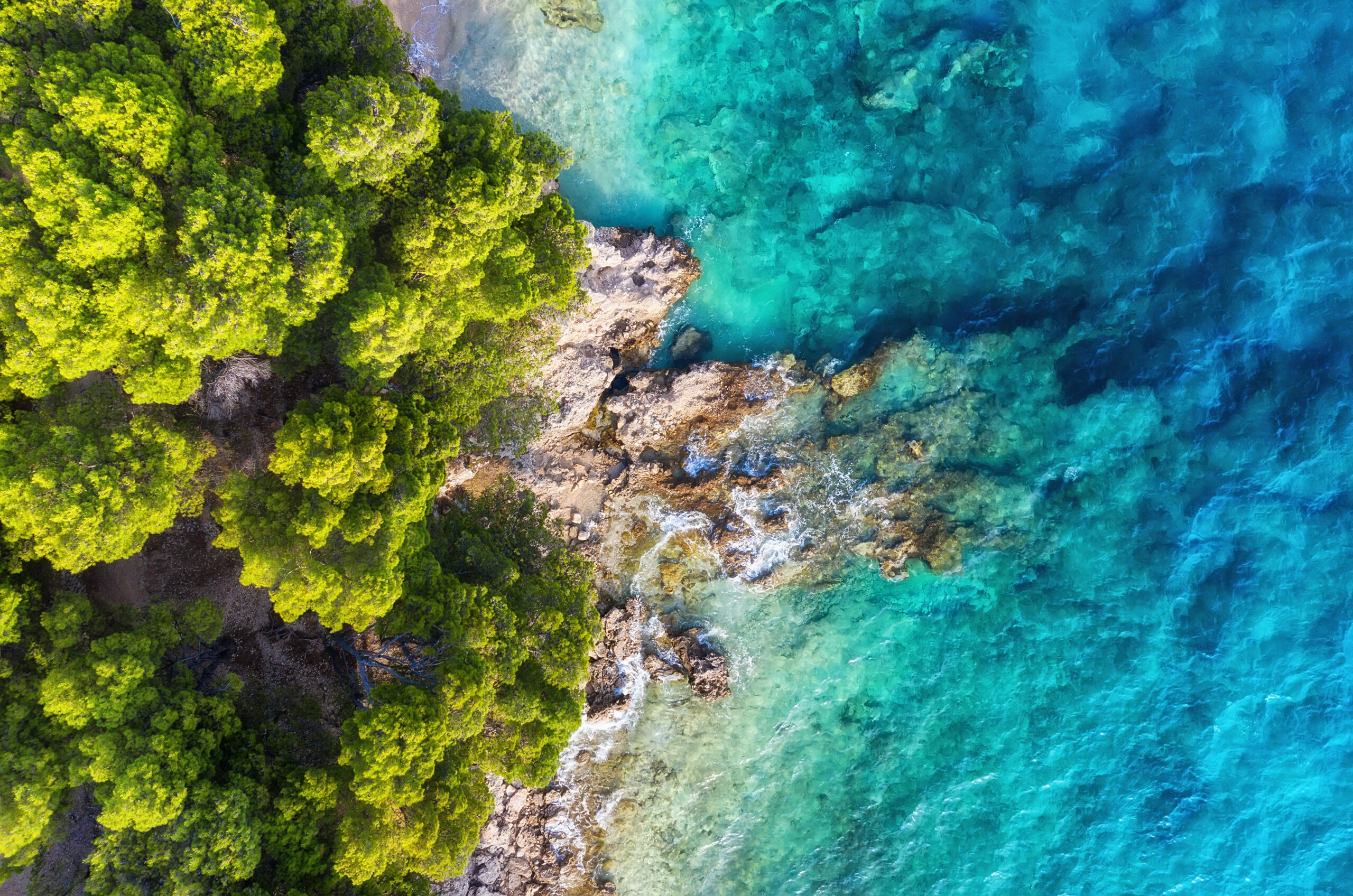
What we do
The prevailing linear tourism development model in the Mediterranean has led to numerous negative externalities related to increased energy and water consumption, waste generation, degradation of land and marine ecosystems, pressures on the natural and cultural capital etc. and is now endangering the sustainability of the tourism sector itself.
At the same time, the emerging trends in the tourism industry call for new and innovative tourism services, the diversification of the tourism product and the increased digitalization of the sector.
The Mediterranean, as a territory characterized by rich cultural heritage, activities of leisure boating and small-scale fisheries and a number of protected areas, offers the potential for the development of an integrated blue and circular economy model.
However, implementing both circular and blue economy principles requires the active participation of all relevant stakeholders, representing public authorities, private actors, businesses as well as the tourists and the residents.
In addition, it calls for a change in behavior which can only be achieved through the awareness raising and guidance to foster the change to sustainable tourism models.
In this context, RECIRCLE MED seeks to address the common challenges towards a sustainable tourism model in the Mediterranean and enhance and transfer the existing and generated knowledge with the aim to re-think and re-position the tourism sector.
4 Receiving Destinations
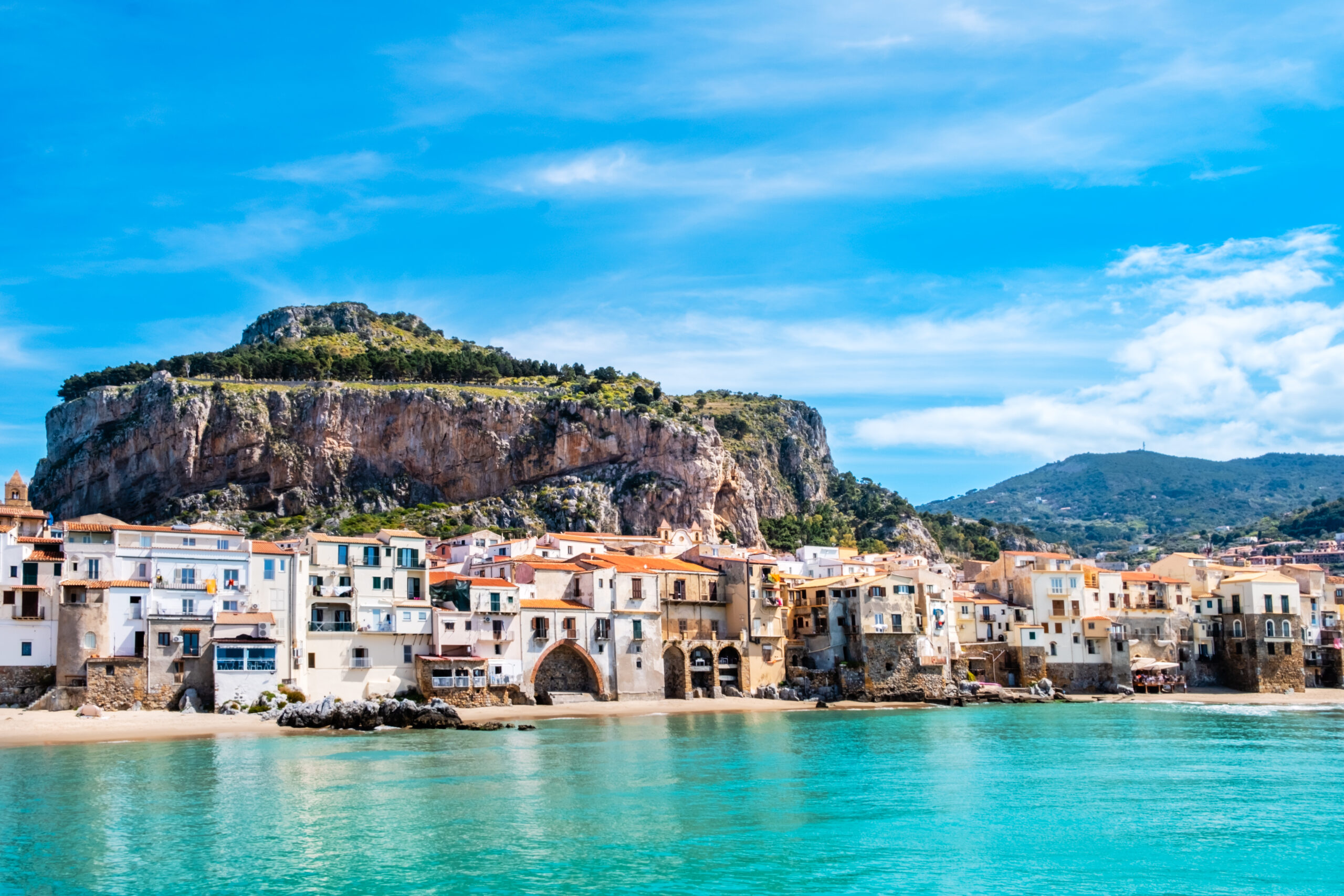
Cefalù Municipality
Located on the northern coast of Sicily, Cefalù is a popular coastal tourism destination, especially during the spring and summer months, known for its unique beauty and charm. As an awarded destination for applying sustainable tourism practices, Cefalù is actively working to enhance local capacities and adopt blue and circular economy principles. With solid experience and relevant expertise, the Municipality will serve as a receiving destination in the project. It will host dedicated workshops and events to raise awareness, foster collaboration, and implement project outputs tailored to its specific needs and characteristics.
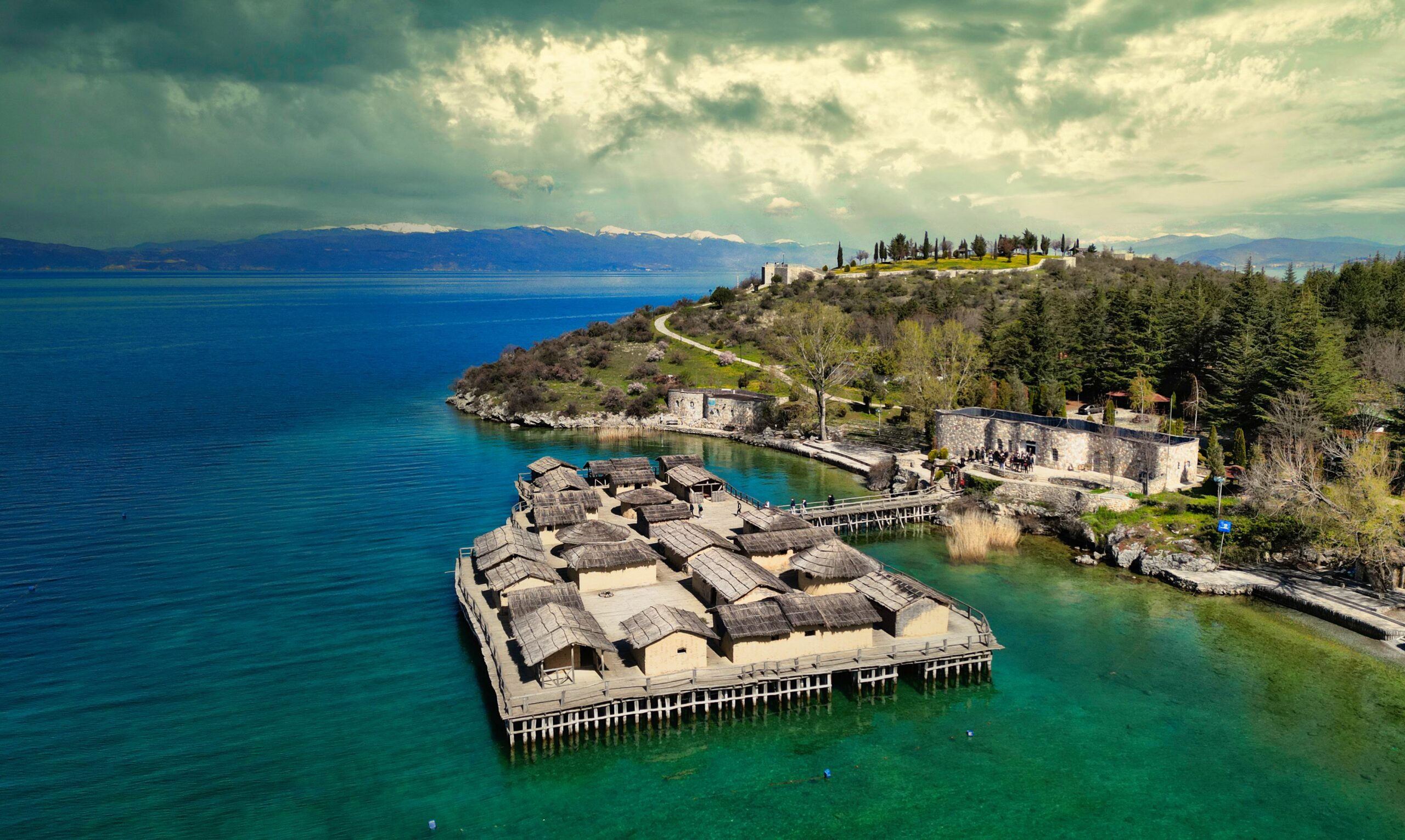
Ohrid Municipality
Located in the southwestern part of North Macedonia, Ohrid is a renowned tourist destination, celebrated for its beautiful lake, rich history, and vibrant culture. With considerable experience in tourism and a strong commitment to sustainable development, particularly in environmental protection and tourism, the Municipality will organize targeted workshops and events to raise awareness and engage key stakeholders. Project results will be adapted to address local needs and the unique characteristics of Ohrid, especially its identity as a lakeside area.
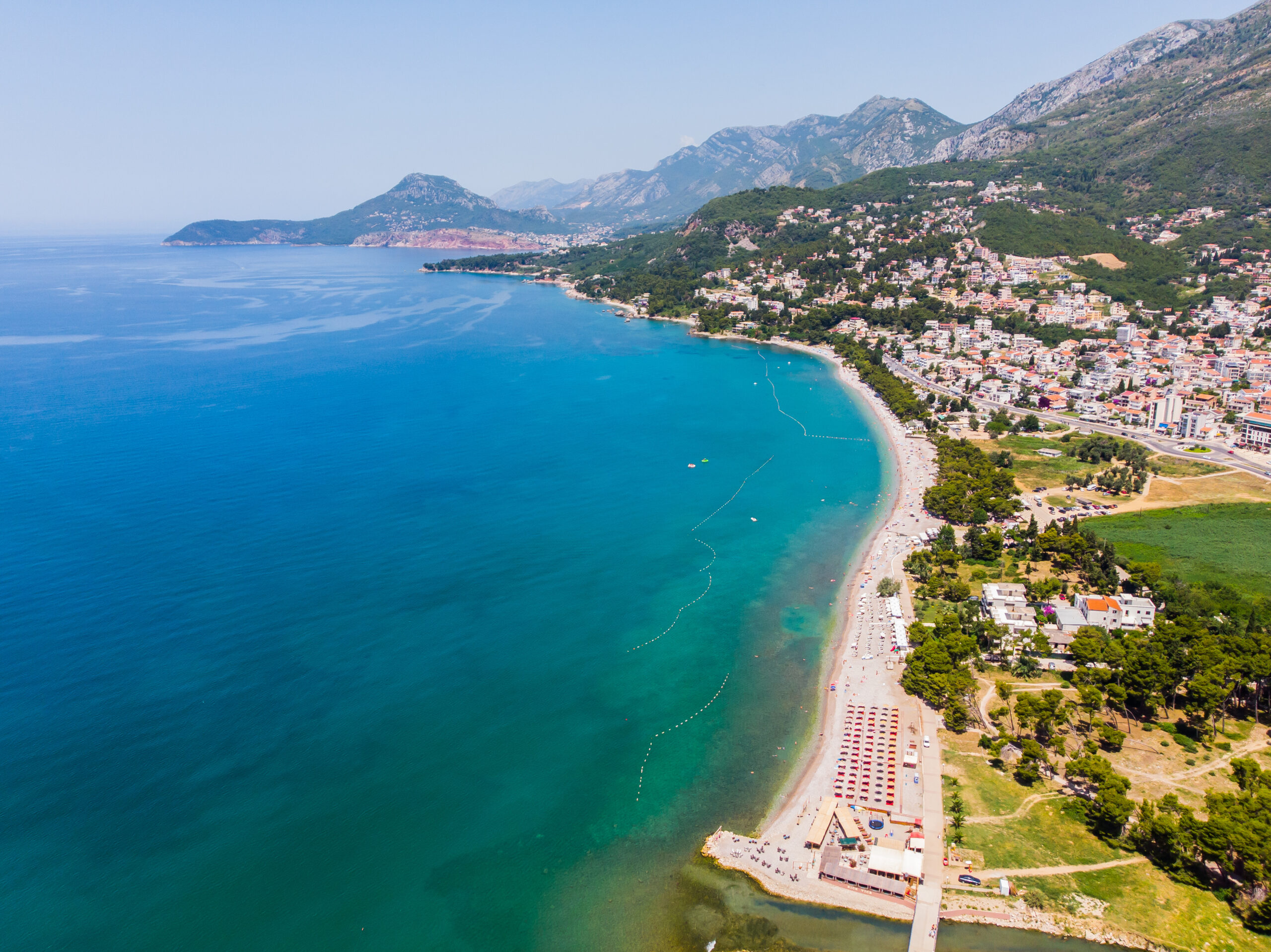
Bar Municipality
Situated on the Adriatic coast in southern Montenegro, Bar is the country’s maritime gateway and a coastal town where modernity, tradition, and natural beauty come together. With a strong economic base, rich cultural and historical heritage, and extensive experience in relevant initiatives, the Municipality seeks to leverage its strategic location to advance various aspects of the blue economy, including the promotion of eco-friendly tourism. As a receiving destination in the project, Bar will host events, engage stakeholders, and adapt the core project outputs into tailored solutions that address its local needs and unique coastal characteristics.
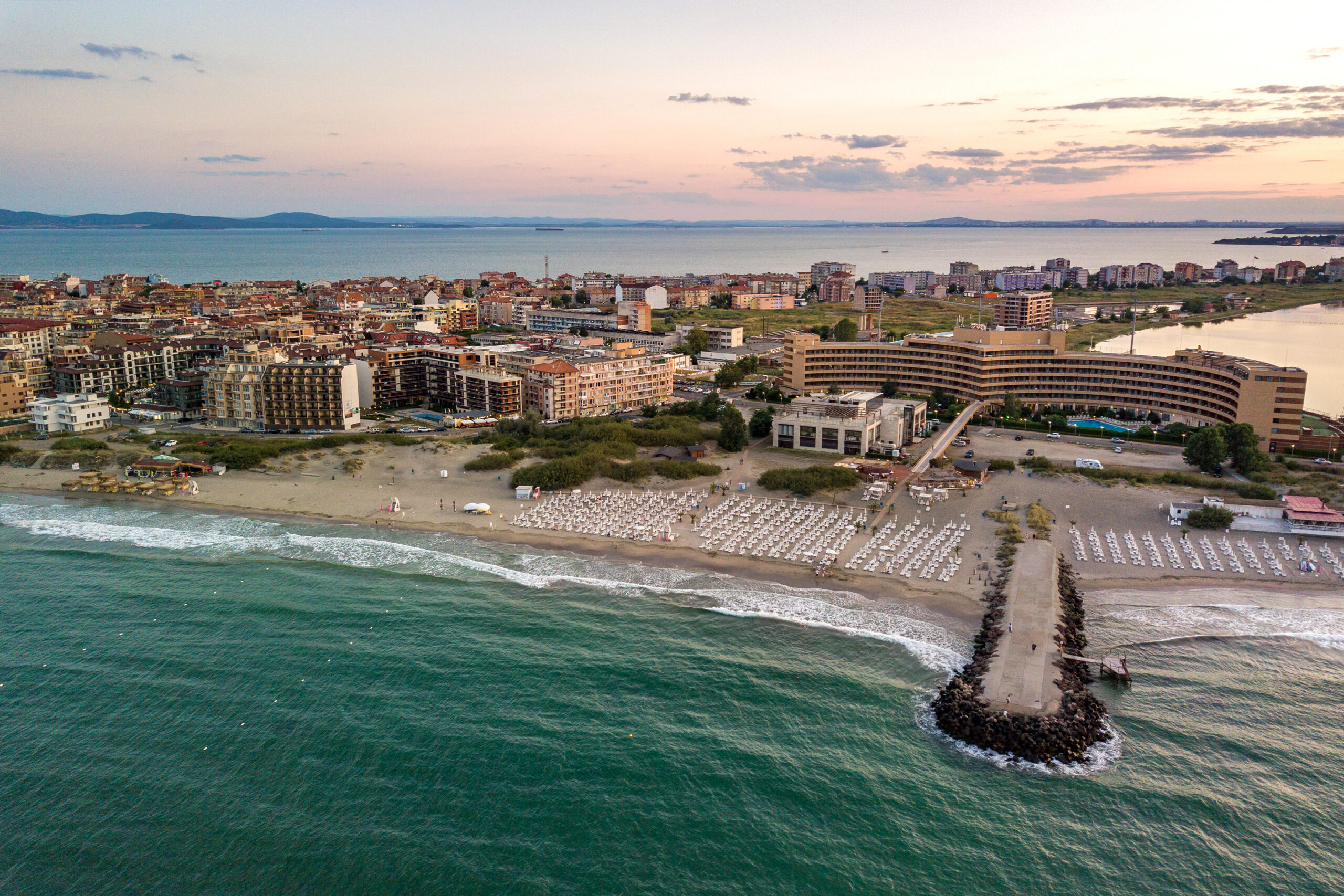
Pomorie Municipality
Located in southern Bulgaria, Pomorie is a medium-sized municipality that plays a significant role in the country’s tourism sector thanks to its strategic position on the Black Sea coast. The Municipality is committed to sustainable and integrated local development, with a strong focus on environmental sustainability. With the support from the National Association of the Municipalities in the Republic of Bulgaria, which will facilitate the transfer of project results, Pomorie will actively participate in project activities. As a receiving destination, it will benefit from tailored solutions designed to meet its specific needs and local characteristics.

